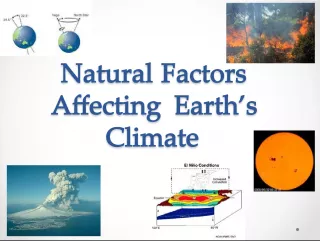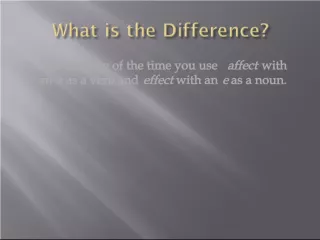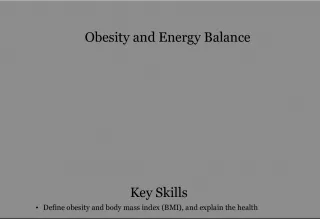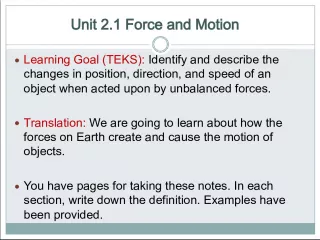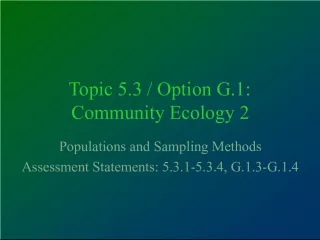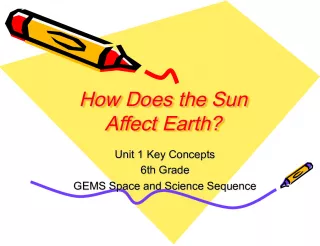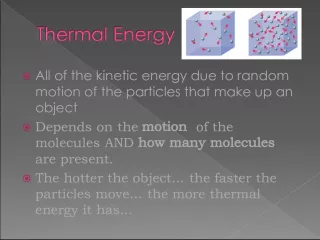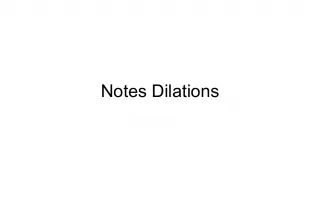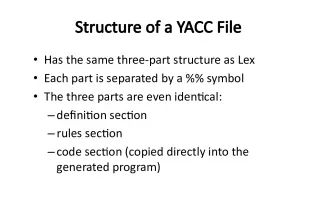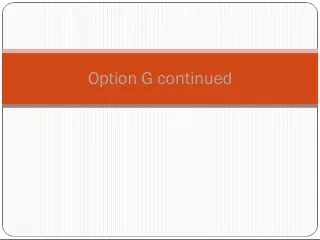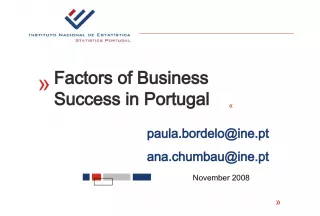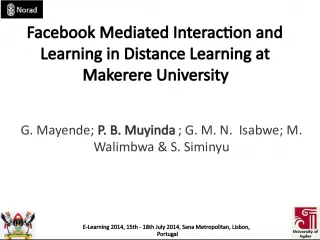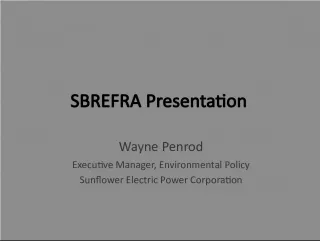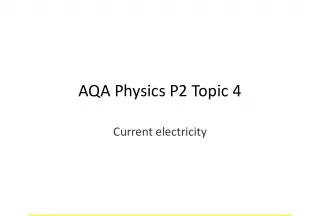Understanding Friction: Definition and Factors that Affect It


Friction is a force that occurs when two objects are in contact. This force resists the motion, acting in the opposite direction. In this article, we will explore
- Uploaded on | 0 Views
-
 danniek
danniek
About Understanding Friction: Definition and Factors that Affect It
PowerPoint presentation about 'Understanding Friction: Definition and Factors that Affect It'. This presentation describes the topic on Friction is a force that occurs when two objects are in contact. This force resists the motion, acting in the opposite direction. In this article, we will explore. The key topics included in this slideshow are . Download this presentation absolutely free.
Presentation Transcript
Slide1FRICTION
Slide2FRICTION DEFINITION Friction occurs when 2 objects are in contact with each other. The objects apply or exert a force on one another during this time. Friction acts in the opposite direction of motion – so it is the force that resists movement ! share.ehs.uen.org
Slide3FACTORS THAT AFFECT FRICTION How hard the surfaces push against each other – the more force, the higher the friction The type of surfaces involved – the smoother the surface, the lower the friction www.waveequation.com
Slide4FRICTION AND SMOOTH SURFACES Even apparently smooth surfaces actually have microscopic irregularities and bumps. When these come in contact with another surface friction occurs. www.mrteverett.com
Slide5DIRECTION OF FRICTION Friction acts in the opposite direction of motion , so if the object moves towards the right the frictional force will be towards the left . www.physics4kids.com
Slide6STATIC FRICTIONDefinition: The friction that occurs when objects are not moving. It is the friction that keeps objects in place . Example: A box sitting on the ground, your books sitting on a table, your backside against the chair .
Slide7HOW TO “OVERCOME” STATICFRICTION The force needed to start an object moving must be greater than the static friction . Reason why a greater force is needed to start an object moving than to continue it moving education-portal.com
Slide8SLIDING FRICTIONDefinition: The friction that occurs when 2 solid objects move against each other (or 1 object moves over another) Example: Bicycle brakes, skinning your knee, walking, writing
Slide9USEFULNESS OF SLIDING FRICTION It can keep you from slipping, sliding and falling (example: sand on an icy road)! www.goalvanise.com
Slide10ROLLING FRICTIONDefinition: The friction that occurs when an object rolls across a surface . Easier to overcome than sliding friction. Example: Anything with wheels (cars, skateboards) or a ball rolling. www.school-for-champions.com
Slide11ROLLING FRICTION AND ENGINEERS Engineers use ball bearings to reduce friction – the ball bearings roll between moving parts. news.thomasnet.com www.hartfordtechnologies.com
Slide12FLUID FRICTIONDefinition: The friction that occurs when a solid objects moves through a fluid . A fluid is a gas or liquid – they flow easily! Easier to overcome than sliding friction. Example: Anything moving through the air or water: riding a bike, surfing, swimming, sky diving
Slide13USEFULNESS OF FLUID FRICTION Parts of machines move more easily when they are oiled. Fluid friction is what slows down a skydiver when the parachute is opened.

